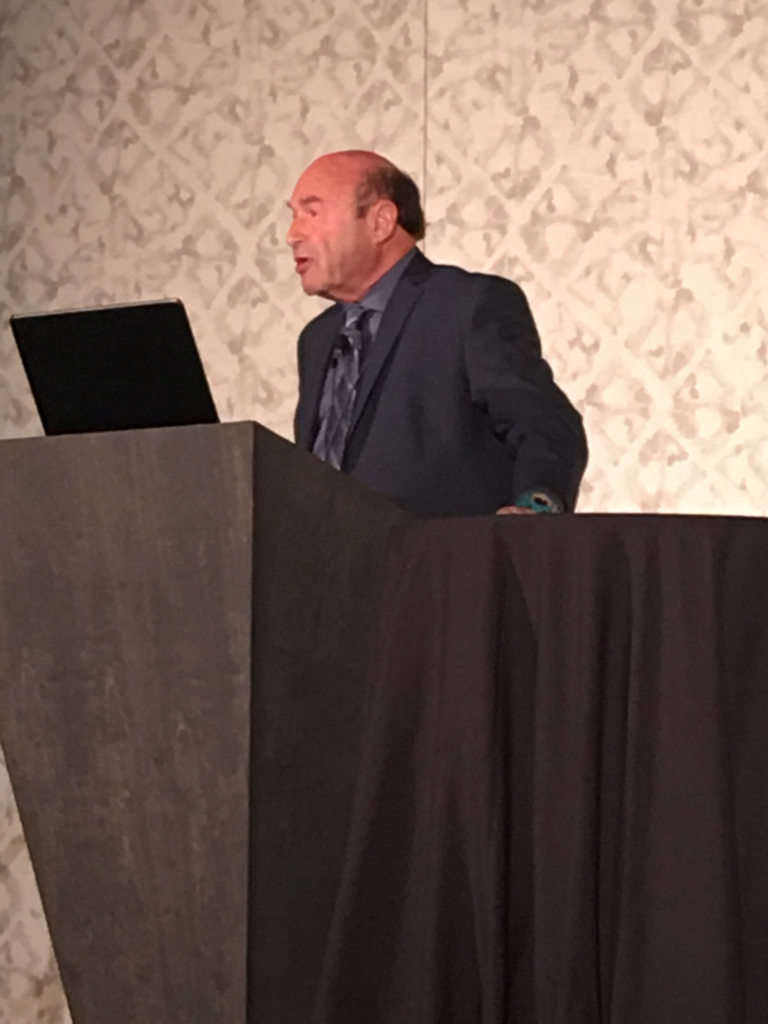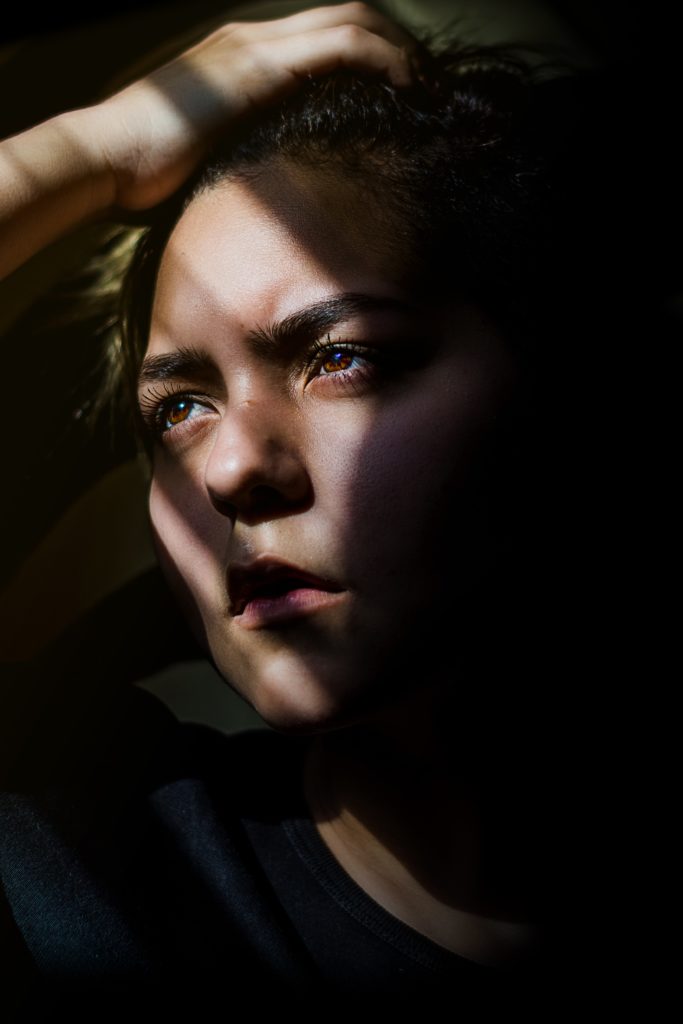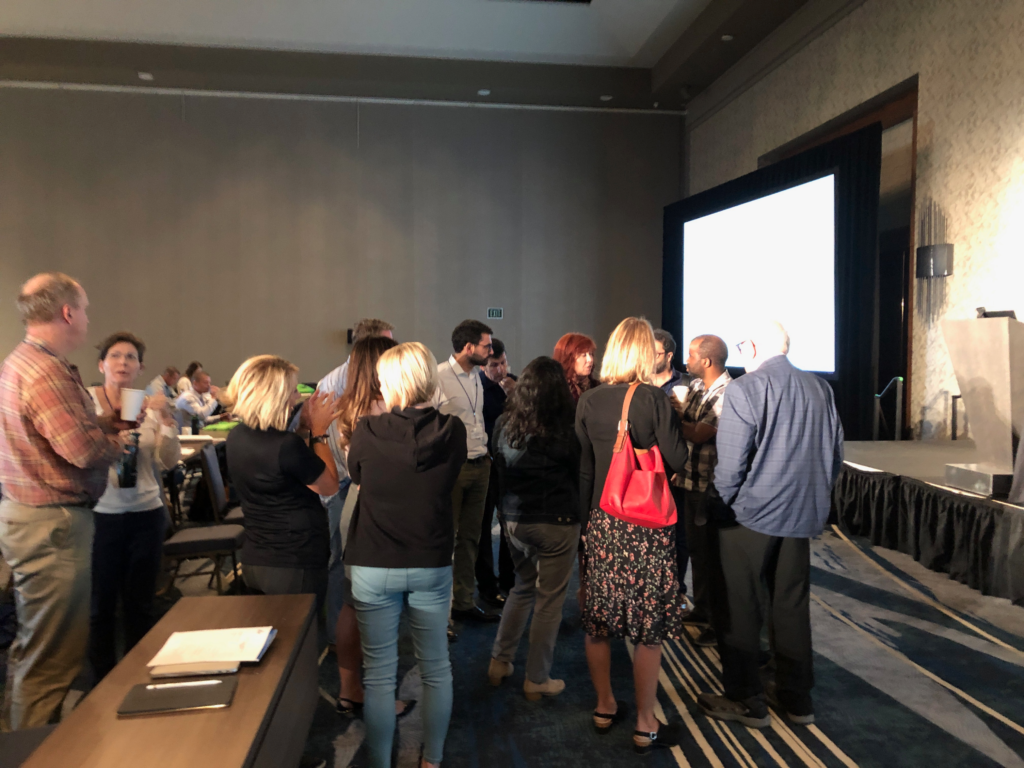
The Importance of Meeting Together
Every once in a while — sometimes only once or twice in a physician’s career — a medicine or treatment comes along that’s a game changer. Something that sets its own records, raises its own bar, and helps people so profoundly that their lives are better because of it. A treatment so remarkable, it establishes a turning point for them. Where life is divided by the “before” and “after” of that treatment. IV ketamine is such a treatment. And we’re celebrating the response to ketamine every day.
In the field of psychiatry, ketamine’s use off-label has established that line: the misery of “before” and the wellbeing of “after” for growing masses of patients who suffered all their lives, lived at risk of suicide, and found life difficult to bear. The same people who now are enjoying their families, their friendships, their work, and their hobbies.
And because ketamine is FDA-approved for anesthesia, it presents us with a double- edged sword. On the one hand, it has shown us how safe it is with patients in every age group for 50 years at very high doses as an anesthesia and in pain. And on the other hand, its rapidly growing use in psychiatric disorders is off-label — outside of its FDA labelling for anesthesia.
Collaboration in a New Field: Ketamine Off-Label
Neuroscience researchers, psychiatrists, anesthesiologists, emergency department physicians and more have been scrambling to understand this medicine and its effects for years as we navigate this new territory.
And the best way to do that?

To put our heads together and exchange information, experiences, ideas, and data; and learn all we can together to bring the safest, most effective treatment to our patients.
Do we see it all the same way? Of course not. But by coming together regularly we grow and expand our grasp of what ketamine can do for our patients.
And we have something deeply in common. We’re all celebrating the response to ketamine we see at every turn.
ASKP for Ketamine Treatment
The American Society of Ketamine Physicians (ASKP) is about this very thing. We gathered a few days ago to learn from each other, grapple with difficult issues we face, and to expand our knowledge and expertise to better serve our patients.
This was the second annual meeting of ASKP, and we’re inspired by how we’re growing in numbers and experience.
As physicians we vow to first do no harm. And then of course, beyond that, we want to help. For more than 50 years, and in more than 19,000 scientific papers, brilliant minds around the world have dug deep and broad in their research — from their universities, their labs, their clinics, and their practices to understand the science and the nuances of ketamine. All so ketamine can help people who suffer.
Dr. Jennifer Winegarden, who spoke on the use of ketamine in refractory cancer pain, put it like this:
“We are really here because we want to relieve suffering, but coming up with a consensus for how exactly we’re going to do that is a lot of work; we are still in our infancy in discovering how we are going to do that.“
The Speakers
Steve Mandel, M.D.

President of ASKP and one of its founding members, introduced the meeting with a call for collaboration.
He quoted Stephen Hyde, MD, a pioneer in ketamine treatment in Australia, stating “Given the unacceptably high rates of suffering, disability, and premature death experienced by people with treatment-resistant depression and the surprisingly low rates of problems arising from the use of ketamine to treat the disorder, this is a therapy that all patients and their doctors should be discussing.”
And the speakers? Well, to read the list is to begin to stroll through ketamine’s hall of fame in clinical psychiatry. It was inspiring to listen to speakers who’ve been blazing the trail in the field of ketamine for treatment resistant depression.
Sanjay Mathew, M.D.
Professor of Psychiatry and Behavioral Sciences at Baylor University Medical School Houston and a key player in ketamine research in psychiatry, addressed us with a comprehensive review of ketamine for treatment-resistant depression even though the Houston airport was under water! Fantastic.
Gerard Sanacora, Ph.D., M.D.
Director of Yale Depression Research Program, another major thought leader and key researcher in ketamine and esketamine for TRD — in fact, a leader every which way! — the lead author on the APA Council of Research Task Force on Novel Biomarkers and Treatments for the Consensus Statement in 2017 on the use of ketamine off-label for depression . . . I could go on and on. He summarized the new data on esketamine, the left-facing ketamine enantiomer from Phase 2 and 3 clinical trials.
Amit Anand, M.D.
Professor of Medicine at the Cleveland Clinic and Vice Chair for Research for the Center for Behavioral Health there, and an expert on brain imaging, psychopharmacology of mood disorders, and ketamine. He spoke on a new study of the comparative efficacy of ECT vs ketamine for treatment resistant depression (TRD) where they plan to enroll 200 patients–so exciting because it will be so large.
David Sheehan, M.D.

Of course, one of the true greats in our field. He is the father of anxiety research, and an expert in depression, suicide assessment and harm reduction…. and the list goes on. His clinical work and research career spans 50 years and more than 800 publications on anxiety, depression, and suicide. He has developed multiple rating scales in the field that are widely used in clinical research and presented a gripping talk on the assessment, documentation and pharmacologic management of suicidality. He is Distinguished University Health Professor Emeritus at the University of South Florida College of Medicine, and has mentored and collaborated with scores of the major researches in the field over his career.
Rachel Dalthorp, M.D.
ASKP Board member, clinical psychiatrist and specialist in reproductive psychiatry at Balance Women’s Health in Oklahoma City, OK, spoke about hormonal challenges in ketamine treatment, and how to work with them to ensure optimum response.
Omid Naim, M.D.
of Santa Monica, CA and La Maida, spoke about the importance of creating and building community in transformation and healing.

Jeff Becker, M.D.
a clinician with deep expertise in neurospychiatry funtional medicine and noetics, first researched ketamine in 1998, and has been using ketamine in his clinical since 2004. He spoke about fMRI findings in ketamine treatment, and the important roles of chandelier cells, pyramidal neurons, and basket cells during ketamine treatment. Jeff, as always, was brilliant.
Daniel Richman, M.D.
Attending Physician at the Hospital for Special Surgery and a Clinical Instructor in the Pain Management Ceneter at New York Presbyterian and Memorial Sloan Kettering, and an expert on the treatment of Complex Regional Pain Syndrome (CRPS), presented a review of the challenges and the success in using ketamine infusions in anesthesia for CRPS — extraordinary help for the worst pain imaginable.
Jessica Katzmann, Psy.D.
focuses on ketamine-assisted psychotherapy in her practice, Healing Realms, and she spoke about how to help patients experience wellness and process their improvement and their experiences after ketamine treatment.
Jennifer Winegarden, D.O.
an expert on hospice medicine and the Chief Medical Officer of The Medical Team Hospice in Michigan, spoke on end of life care in hospice treating intractable pain with ketamine.
There were lightening abstract presentations which wrapped up the conference: ketamine infusions with concurrent TMS, (Cindy McKinzie, PsyD. and Melanie Dillon, LCPC of Chicago), a case report of ketamine use for PMDD (Cassandra Gentry, PA, of Balance Women’s Health, OK), and a a review of Ketamine for Anxiety (Michael Banov, MD of PsychAtlanta in Georgia).
My Own Presentation
I was honored to speak about my own work with ketamine. The talk was titled, “Real World Results: When Ketamine Stops Suicide” — pretty edgy, but thank goodness, I wasn’t the only one who spoke on suicidality. Suicide was discussed at so many different points throughout the conference, wherever we clustered, over coffee … and Dr. Sheehan’s superb talk on the assessment of suicidal ideation was a beautiful synthesis of clinical research, wisdom, and temperance. He drove home the important point that it is impossible to predict suicide for an individual.

My data on using IV ketamine in suicidal patients with treatment resistant depression was published recently in the International Journal of Psychiatry Research. As I said, we’re celebrating the response to ketamine at Innovative Psychiatry.
I spoke about the real world results we’ve seen when we use ketamine for treatment resistant depression — and find that many of the people who come to us are suicidal, have made suicide attempts, have been hospitalized for suicidal thinking.
Real Patients in the Real World

They feel terrible, and want those terrible thoughts to stop. One of the striking findings in my practice is how quickly — and completely — ketamine stopped suicidal thinking in real patients.
I say real patients because I really mean real people–with complicated lives, multiple stressors, multiple other psychiatric stuff going on at the same time — most had 3 other psychiatric diagnoses in addition to treatment-resistant depression. Most were on 4 or more psychiatric medications, and had failed multiple antidepressants in the past. Many had been hospitalized, many had made suicide attempts… or multiple attempts. Many had failed ECT. Some had failed TMS.
Or….I should say, our available treatments had failed them.
They were just doing the best that they could to hold on until a better treatment became available that could help them.
A Holding Environment
For many of them, that better treatment was a short series of IV ketamine infusions — with the dose increased (or “titrated”) along the way.
We work to create a holding environment–to hold on to hope, to offer it to our patients when their hope is strung out pretty thin, to offer it to their families, to give them a chance and to buy a little time so that treatment of their underlying depression, anxiety and trauma can begin. So that the suffering can stop.

There is palpable excitement in the room when suicidal thinking falls away. In the IV ketamine treatment room, in the patient’s living room, in a crowded lecture hall when you describe this to other doctors. (…That’s me answering questions on the floor after my talk.)
Celebrating the Response to Ketamine – The Game Changer

Ketamine infusions don’t always work. I have to emphasize that, because we have to be clear: of course they don’t. We’re trying desperately to understand what are the factors involved when they don’t work for some people.
But when they do –and they often do — when suicidal thoughts just stop, when the veil lifts, when the ability to enjoy things again slowly creeps back in for someone who has been stuck for so long in such a bad place …. well, then, it’s a celebration.
So today we’re celebrating the response to ketamine.
We’re talking, we’re writing, we’re buzzing with hope for the future and for the future of our patients.
And we have hope to offer them. Real data from hundreds of people that we’ve treated. So that we can say, in our hands, this is what we find, this is what we see, this is what you can expect.
We need more research–the elegant, beautiful, randomized, placebo-controlled trials with carefully curated patient populations, and primary and secondary endpoints, and exhaustive data analysis.
And we need more real-world results with real, lived experience. Live suffering. And, yes, the messiness that comes with the complex and devastating psychiatric disorders that we treat every day.
So indeed, let’s work together.
Let’s celebrate the response to ketamine, and talk.
Let’s talk about serial, titrated ketamine infusions, and how they can stop suicidal thinking. How they can maybe turn around that trip to the ER because you might not need it. How they might keep you out of the hospital.

Most definitely, let’s talk. While we celebrate (and let’s keep celebrating the response to ketamine). And let’s talk so that we can save lives.
Let’s talk so that we get insurance to listen and to reimburse you for a treatment that can potentially save your life.
Because an infusion is cheaper than an ambulance ride. Less expensive than a night on a gurney in the ER. Much less awful than days spent hospitalized on a psych ward.
Oh yes, let’s do talk. Doctor to doctor. Doctor to patient. Mother to daughter. Friend to friend. Share the news:
Lori Calabrese. Titrated Serial Ketamine Infusions Stop Outpatient Suicidality and Avert ER Visits and Hospitalizations. Int J Psychiatr Res. 2019; 2(5): 1-12.
We’re working hard every day to help you find the resilience you wish for, the fulfillment of a rewarding life, the enrichment of strong, mutual relationships.
To the reinvigorating of your best self,


Lori Calabrese, MD
Beautifully said, thank you for your inspirational talk!
Lori, this is wonderful, you have captured and expressed the evidence based hope we feel and are able to give to our patients. This treatment is really a great leap forward in relieving the suffering of depression and suicidal thinking. Beautifully written.
Lori- I really enjoyed listening to you at the conference & want to thank you & all the physicians for all of your hard work & dedication to this field.
Lori,
Love you and you have hit the nail on the head here! It was incredible and awe inspiring to have the chance to speak with you and so many of the other amazing people, doctors, CRNAs, and NP’s taking care of patients at the most vulnerable time of their lives.
I had an amazing time connecting with you and everyone else and learned so much. Thank you for all you do!!!